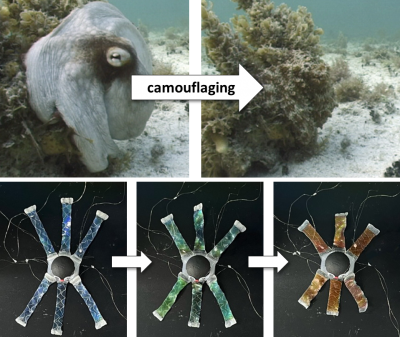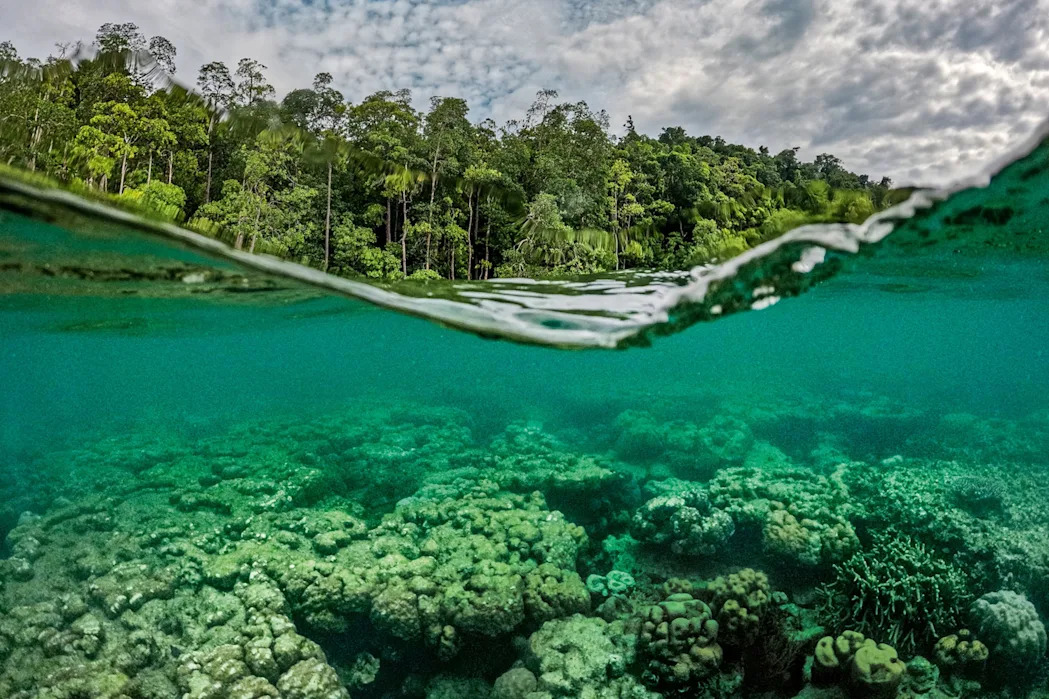Explorers in Indonesia’s Raja Ampat region are uncovering the profound beauty and fragility of its coral reefs, regarded as sacred by local communities. This area, located in Southwest Papua, comprises around 1,500 islands and is part of the Coral Triangle, a region known for its extraordinary marine biodiversity. Home to approximately 75% of the world’s coral species, Raja Ampat boasts a staggering array of marine life, making it a focal point for conservation efforts.
During a recent snorkeling expedition led by marine biologist Lynn Lawrance, participants were immersed in the vibrant underwater world. As the tour began, visitors were greeted by the distinctive sound of snapping shrimp and a stunning display of coral formations. The excursion took place near Yenbuba village, where healthy reefs thrive despite the challenges posed by climate change and human activity.
The region’s coral reefs support over 1,500 fish species and are crucial for local livelihoods and global marine health. With around 50% of Raja Ampat protected within marine protected areas, the focus on restoration is vital. The Sea People, a grassroots NGO co-founded by Lawrance and her husband, Arnaud Brival, is dedicated to reef restoration through initiatives like coral gardening. This process involves transplanting healthy coral fragments to degraded areas, fostering regrowth.
As snorkelers explored the vibrant ecosystem, they observed various species, including hawksbill turtles and schools of colorful fish. Despite the beauty, challenges persist. Coral bleaching, driven by rising sea temperatures, has affected many reefs globally, yet data from The Sea People indicates that Raja’s corals exhibit remarkable resilience. The hope is that successful transplants from this region can aid in global reef conservation efforts.
The human impact on these ecosystems cannot be overlooked. Lawrance highlighted that Yenbuba faces significant pressure from fishing practices, pollution, and coral mining. The restoration project here was notably led by a fully local team during the COVID-19 pandemic, exemplifying the community’s commitment to sustainable practices and reef management. Teaching locals, including emerging marine biologists like Cornelia Junfaly Patty, also plays a crucial role in empowering the next generation to safeguard their environment.
During the visit to another site named Yaf Keru, participants learned about the ongoing efforts to restore coral. Over 80,000 coral fragments have been planted, demonstrating the community’s dedication to revitalizing their underwater landscapes. As tourists engage with the ecosystem, they also gain insight into the cultural significance of these waters.
Raja Ampat’s natural beauty extends beyond the coral reefs. The region’s unique geography, shaped by its location east of the Wallace Line, offers a diverse array of wildlife, including saltwater crocodiles and the endemic red bird of paradise. The area is rich in history, with local legends intertwining nature and spirituality, as seen in the sacred sites like Mayalibit Bay.
In this tranquil environment, the balance between tourism and conservation is delicate. As communities open their doors to visitors, they share their heritage, emphasizing the importance of preserving the land and sea. For many, the dream is to elevate coral gardening to a respected profession, rivaling traditional roles like dive instructors.
As the expedition concluded, participants reflected on the vivid experiences and the urgent need to protect these sacred waters. The journey through Raja Ampat not only unveiled the natural wonders of Indonesia but also underscored the vital connection between local communities and their environment.
This exploration into Raja Ampat’s reefs serves as a reminder of the intricate relationships between humans and nature. The ongoing efforts in coral restoration and community empowerment highlight the importance of sustainable practices in ensuring the future of these treasured ecosystems.





































































